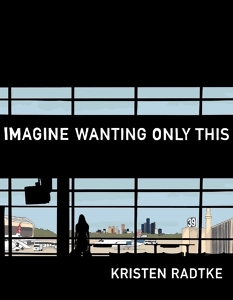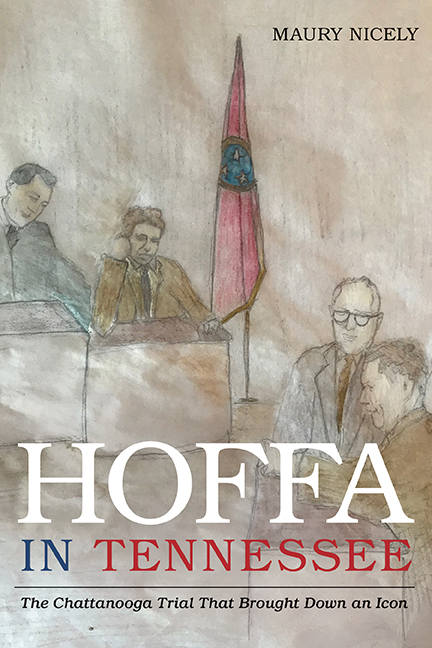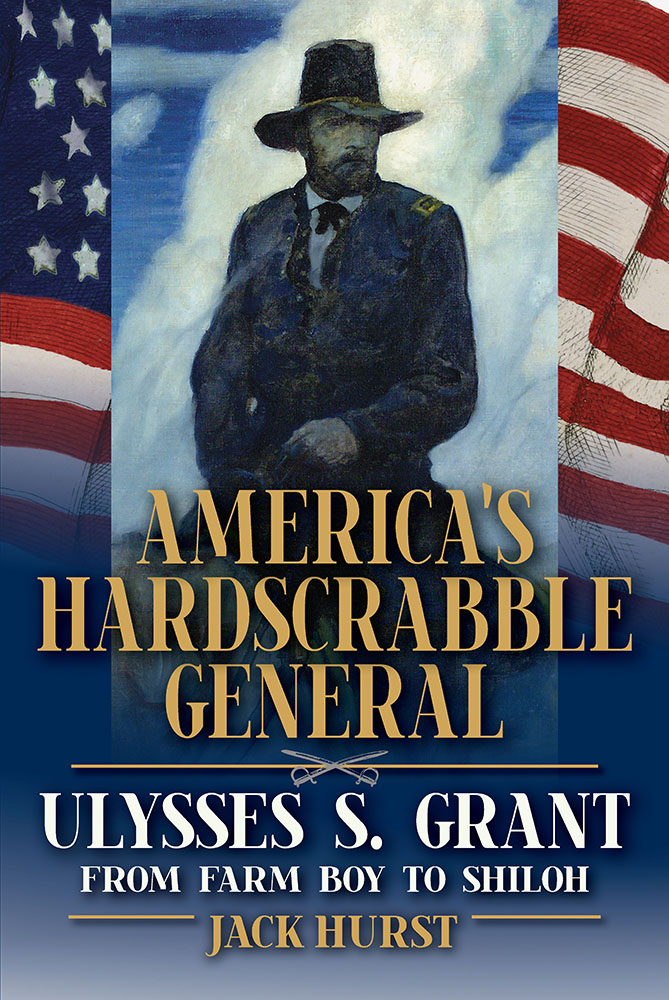The Heart in Ruins
Kristen Radtke’s Imagine Wanting Only This weaves a haunting memoir around abandoned spaces
Kristen Radtke’s Imagine Wanting Only This is a graphic memoir that tells the story of ruined hearts, both literal and figurative. The literal one belongs to Radtke’s Uncle Dan, a happy-go-lucky firefighter with a wife and two children. Still a young man, Dan dies early in the book of cardiomyopathy—a condition in which “The heart beats itself to mush,” as one doctor describes it. The figuratively ruined heart belongs to Radtke herself, who carries a gene that can—although it does not always—lead to the same condition. The specter of sudden death contributes to her growing fascination with contemporary ruins: modern cities and towns suddenly abandoned because of war, fire, volcanic eruption, environmental disaster, or economic collapse.

As the book opens, Radtke is a nineteen-year-old art student in Chicago, living with another art student and engaging in comically earnest discussions about Joyce and the nature of modernity. “It was the kind of school where puppeteering was a major and dropout rates were high,” Radtke writes, “and on weekends students screened their work in a basement theatre downtown.” After a casual conversation with a fellow student, she and her boyfriend take a weekend to become “urban explorers,” photographing a ruined cathedral in the blighted city of Gary, Indiana. Among the detritus Radtke finds in the church are old photographs that once belonged to a young artist who was killed as he attempted to photograph a freight train.
Inspired by his story, she begins to seek out other ruined places. “I’d been consumed by the question of how something that is can become, very suddenly, something that isn’t,” she writes. Eventually she finds ruined communities in the Philippines, Italy, Iceland, and other far-flung locales. As these travels and Radtke’s life progress over the next several years—roughly from 2008 to the present day—her uncle’s death and her own mortality linger in her mind.
“There are some things you can convey in comics that you can’t express only in words,” Josh Neufeld, a comics artist best known for his book, A.D., has written. “The medium’s unique combination of pictures and text and the fragmented narrative of the panel-by-panel format engage the reader in a particularly active role of interpretation and inference.” This statement is particularly true of Imagine Wanting Only This. Radtke juxtaposes her spare, evocative drawings with poetic language, traversing between her own life and exotic ruins. She’s creating not just a pervasive tension but a theme of longing that transcends the art and words alone.
 Her work will inevitably draw comparisons to two other graphic memoirs written by relatively young women: Marjane Satrapi’s Persepolis and Alison Bechdel’s Fun Home. Yet there are key differences between Radtke’s narrative and those works, both of which tend toward the dramatic. Satrapi’s story offers the drama of a young woman coming of age during the Iranian revolution, Bechdel’s a young woman discovering her own sexuality amid an astoundingly dysfunctional family. In contrast, the drama at the heart of Radtke’s story often hides at great remove: a complicated gene simmering within her family, a matter-of-fact phone call from a hospital, old newspapers and old photographs describing death and destruction in ruins that now appear calm, even restful. Another difference is Radtke’s background in film editing: her work is more cinematic than that of most comics artists working today and takes full advantage of incorporated photographs and digital manipulation of images.
Her work will inevitably draw comparisons to two other graphic memoirs written by relatively young women: Marjane Satrapi’s Persepolis and Alison Bechdel’s Fun Home. Yet there are key differences between Radtke’s narrative and those works, both of which tend toward the dramatic. Satrapi’s story offers the drama of a young woman coming of age during the Iranian revolution, Bechdel’s a young woman discovering her own sexuality amid an astoundingly dysfunctional family. In contrast, the drama at the heart of Radtke’s story often hides at great remove: a complicated gene simmering within her family, a matter-of-fact phone call from a hospital, old newspapers and old photographs describing death and destruction in ruins that now appear calm, even restful. Another difference is Radtke’s background in film editing: her work is more cinematic than that of most comics artists working today and takes full advantage of incorporated photographs and digital manipulation of images.
As Radtke bounces among the ruins, she seems to have everything going for her, yet she is profoundly lonely, and her genetic stalker provides ample reason to explore her own unhappiness. Her journalistic skill in teasing out the people and stories behind the ruins she visits, coupled with her poetic ability to contemplate her own life, make her story enthralling. Her art captures urban and rural loneliness in the manner of Edward Hopper and Andrew Wyeth; her prose can evoke Annie Dillard, Barbara Kingsolver, and Sylvia Plath.
Some pages with no prose and very little artwork still manage to speak volumes. On page 237, for example, Radtke has finished graduate school and taken a job in Louisville, Kentucky, a city she describes early on as “the loneliest place on Earth.” This page of simple cartooning might hang in a museum with the title, “Why Our Jobs Suck Now.” It arranges twenty small square drawings in four rows of five. The first nineteen pictures all depict the same iMac computer, coffee cup, and two Post-Its. In the first two squares, the screen is white. In the third it is gray. The remaining sixteen squares depict a default Apple screen saver rotating through various iterations. The twentieth square is a tight self-portrait of Radtke, chin on her hand, staring blankly at the viewer.
The story moves from Kentucky to Radtke’s present home in Brooklyn, where she serves as managing editor of Saraband Books, film and video editor of TriQuarterly magazine, and creator of various comics, including a recent series for The New Yorker on the topic of urban loneliness. As the book reaches an emotionally powerful conclusion, Radtke fantasizes about a city one day flooded by global warming. “What is permanence?” she asks while visiting an abandoned mining town near the home of her late uncle. Imagine Wanting Only This is her highly personal and unforgettable answer.

Michael Ray Taylor chairs the communication department at Henderson State University in Arkadelphia, Arkansas. He is the author of several books of nonfiction and coauthor of a textbook, Creating Comics as Journalism, Memoir and Nonfiction.


